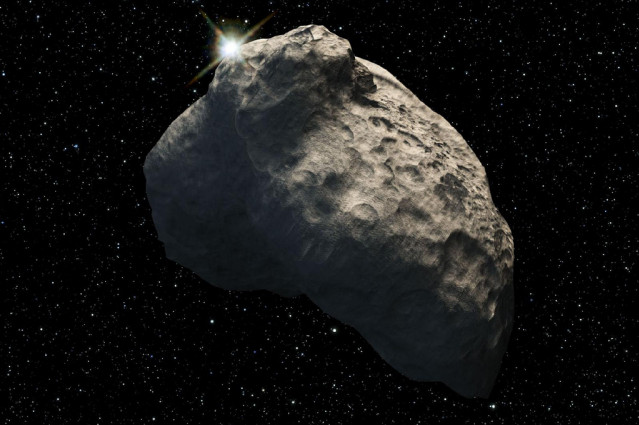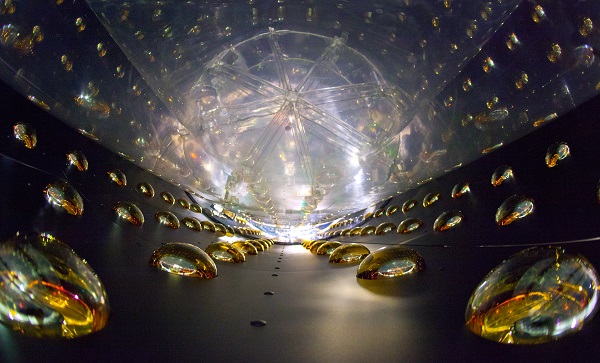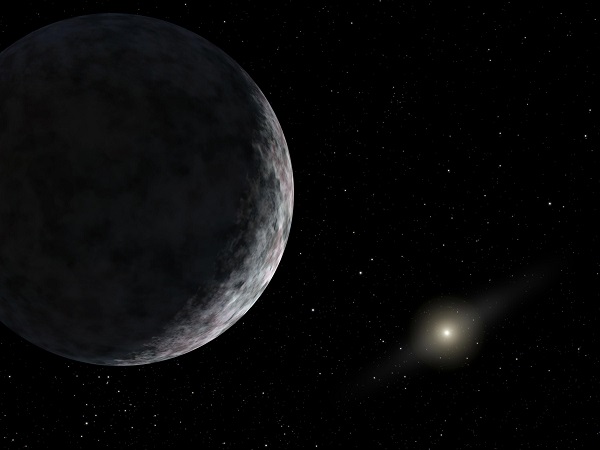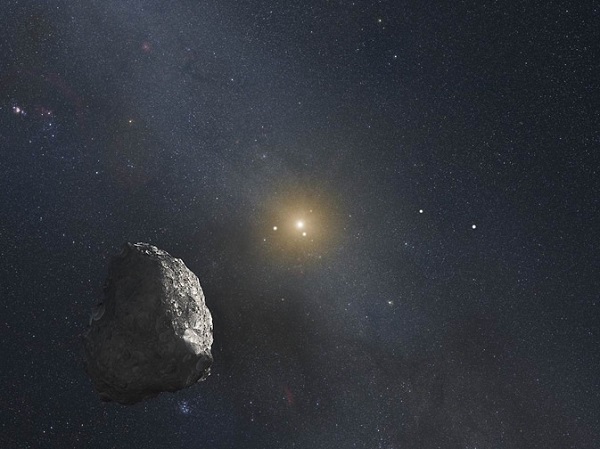
Artist’s rendition of a Kuiper Belt object.
NASA’s New Horizons probe, which made history last summer with its flyby of dwarf planet Pluto, was given the green light to travel deeper into the Kuiper Belt and explore another Kuiper Belt object, dubbed 2014 MU69.
The tiny probe is expected to reach MU69 in early January 2019.
NASA also announced that Dawn spacecraft will stay put on its orbit around dwarf planet Ceres as plans for it to visit a mysterious asteroid in the main belt have been put on hold.
The U.S. space agency confirmed that it has extended New Horizons mission on Friday.
NASA scientists hope that new science about an ancient Kuiper Belt object such as 2014 MU69 may help them gain new insights on how the solar system emerged. Kuiper Belt is densely populated by comets, asteroids, icy leftovers, and possible new dwarf planets.
Jim Green, a planetary scientist with NASA, announced Friday that the team was excited to resume its endeavor “into the dark depths of the outer solar system” to a mystery object that hadn’t been discovered before the mission was launched in 2006.
NASA team hopes to plant New Horizons on an orbit around MU69 on Jan. 1, 2019. The 28-mile-wide space rock is thought to be one of the “building blocks” of the solar system.
Object MU69 was first spotted by NASA/ESA’s Hubble space telescope two years ago. NASA scientists picked it for another flyby because it is the closest target of interest in New Horizons’ flight path. So, reaching MU69 won’t require extra fuel.
The tiny space rock is located some 930 million miles beyond Pluto. Location and size are the only facts scientists know about the ancient object. Researchers also assume that it is an ancient denizen of the solar system.
The probe was first ordered to change course towards the ancient space object last fall. On the other hand, the mission had been slated to end in Oct. 2016. So, NASA researchers weren’t sure whether they will have the chance of analyzing science data about another Kuiper Belt object in their lifetimes. But with new funding, their dream is about to come true.
On Friday, NASA also said that Dawn spacecraft will continue to collect data on Ceres rather than heading to an asteroid dubbed Adeona. This is because Ceres is getting closer to its nearest point to the sun which could provide researchers with much more significant data than a flyby of Adeona.
Image Source: Flickr











